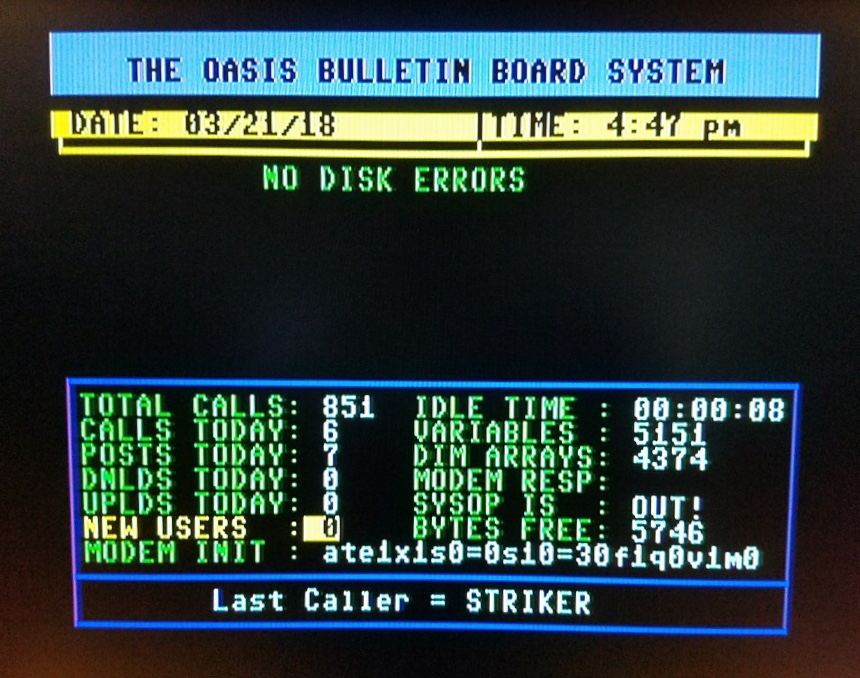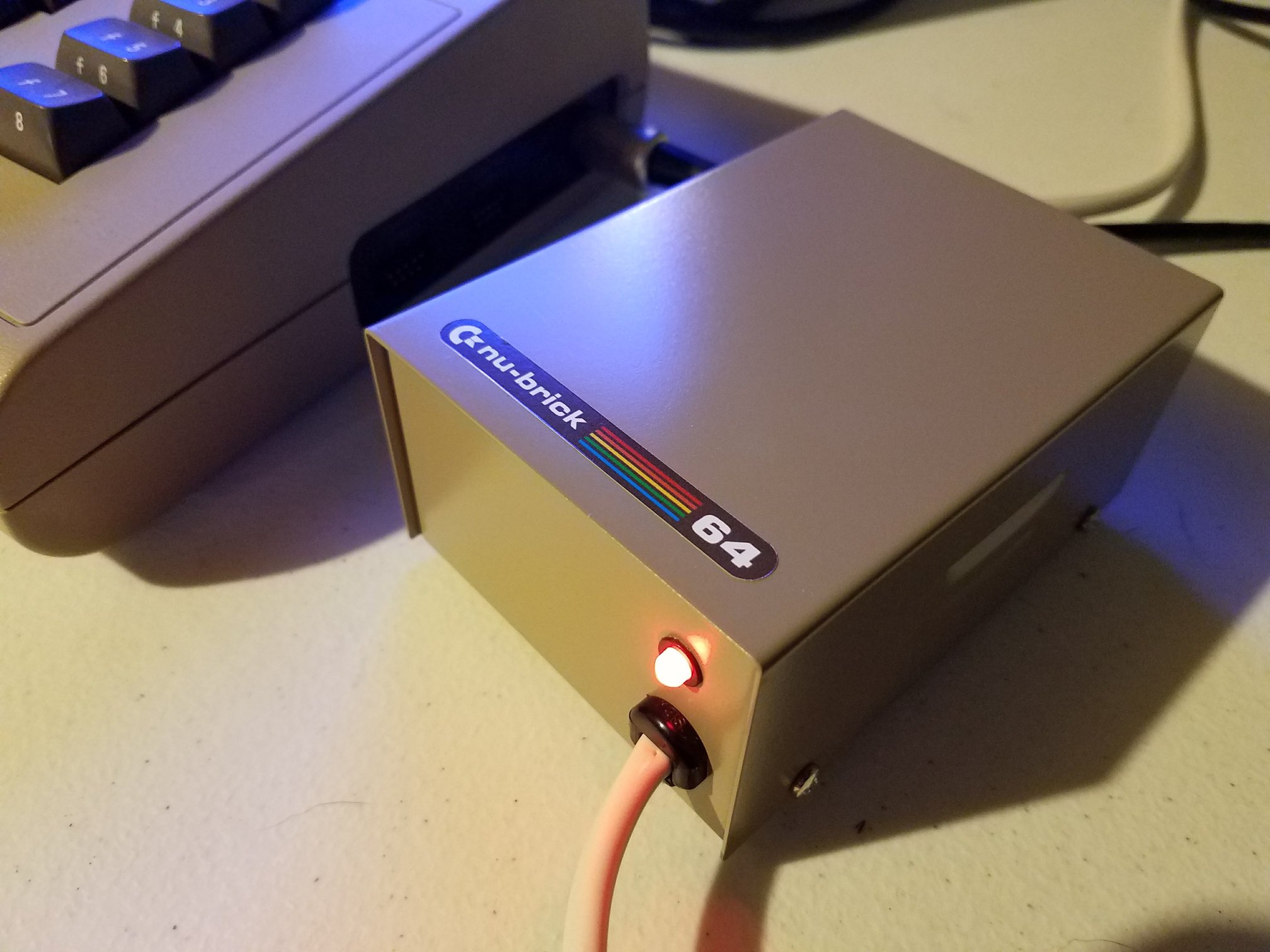8-Bit Wall of Doom returns with a detailed look at the F256 Jr Evolution, covering the history, design, and future of Foenix Retro Systems’ compact computer. This episode explores the journey from the original C256U+ to the latest F256 Jr model.
The story begins with how the F256 Jr was created as a more affordable version of its predecessor. Built around the 6502 processor, it included the 6522 adapter, PS/2 keyboard support, stereo audio, and SID chip compatibility. These features made it a favorite among retro enthusiasts. However, the original development board was challenging to mass-produce. Its many through-hole components made assembly time-consuming and costly. Even so, developers embraced it, creating software and tools for it, including NitrOS-9, which showed its flexibility and potential.
Next, the F256 Jr Evolution moves into a new phase. The host demonstrates a personal build featuring the board inside a custom My Retro PC case modeled after the Commodore 64. It includes a Cherry MX keyboard, external reset and power controls, and a USB-to-PS2 converter for easy compatibility. This build combines modern function with classic style, turning the F256 Jr into a perfect bridge between computing eras.
The latest version of the F256 Jr represents its biggest step forward. About the size of a Raspberry Pi, it includes a 65816 CPU, dual microSD slots, Wi-Fi, audio input and output, and MIDI support. It also features an FPGA-based graphics and sound core. Compact, powerful, and easier to produce, this version reflects Foenix’s focus on accessibility and quality.
In the end, the F256 Jr Evolution highlights how modern 8-bit computing continues to grow. It keeps the retro spirit alive while expanding what’s possible with classic hardware.







